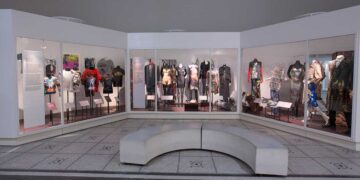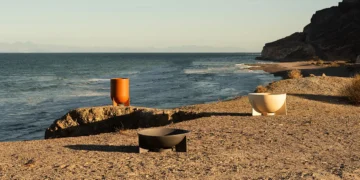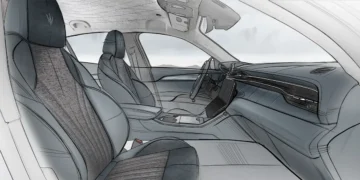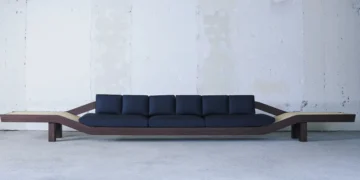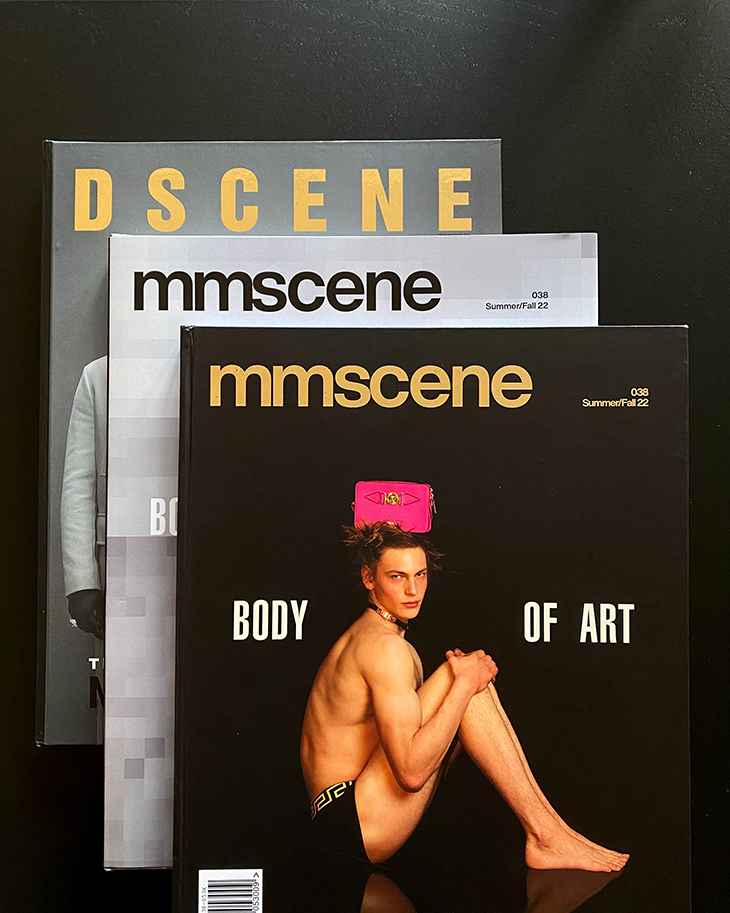
First, it’s worth pointing out that photo paper and art paper can be used regardless of the imagery to be printed, and both have advantages as well as disadvantages. On either sort of paper, you can get a good quality print that looks professional, but varying differences may recommend one sort of paper for one image over another.
Here we’ll go over a few things you may want to consider to help inform your choice. Additionally, backlit film printing can help you decide which options best fit your needs.
The Gloss is in the Photo Paper
You’ve seen photos that seem to reflect light to a certain degree when you hold them next to a lamp, or the sun shines over your shoulder. This is one of the most common reasons to choose photo paper. It is made with a slight gloss that changes, if slightly, how light interacts with the final print. That gloss has a strong quality as well, fortifying the paper itself.
That said, just because you’re getting a glossy print doesn’t mean you need necessarily to avoid text-heavy imagery. Graphical presentation on such paper tends to have a feel that’s a “cut above”, as it were. This is especially true for color-rich images, before print many will need adjusting according to the paper.
The only thing to consider is how such gloss may be affected by glass when the picture is put in a frame. Thankfully, this isn’t really an issue. So if you intend to frame a picture on glossy paper, it will still capture light and look top-quality under a transparent frame
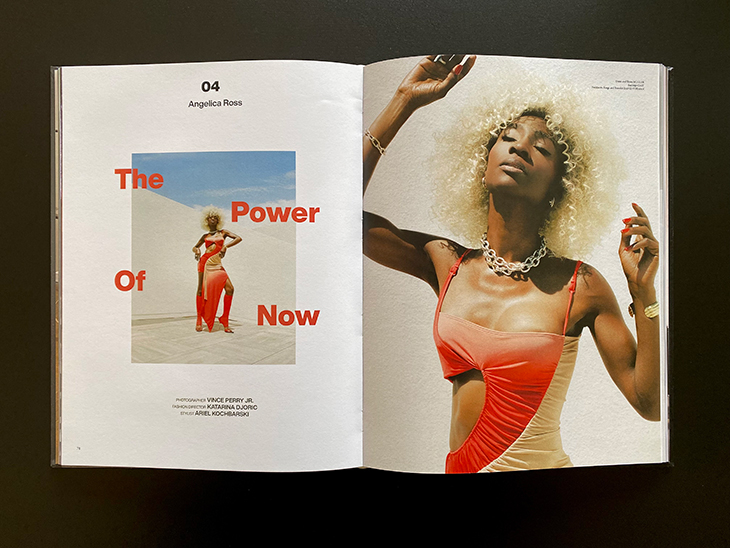
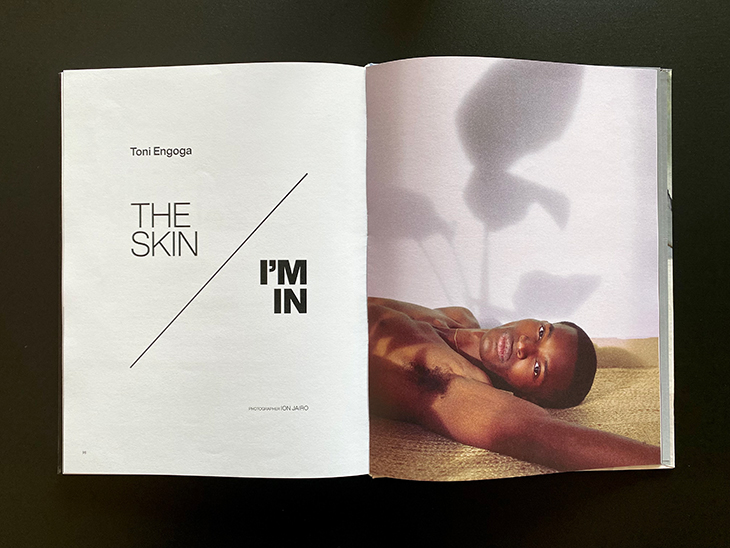
Art Paper is Matte and Has No Gloss
Art paper tends to be thicker, and it’s designed so that it will be better at holding something like paint or ink. Gloss paper won’t absorb paint in the same way. Commonly, artists procure art paper so they can paint a variety of things on it. However, in terms of print, it can be very stylish, and it’s a good option to print something intended to look non-printed.
If you’ve got graphic imagery, rather than photographs, you want to ideally use art paper. Certainly, you can print photos on art paper, and graphics on photo paper, but when you use art paper for printing artistic images, it looks as though they were organically painted on the paper, rather than technologically transferred. At DSCENE when it comes to printing the print edition of MMSCENE and DSCENE magazine we often deal with various paper choices. When it comes to our print editions, unlike multiple fashion magazines, we do prefer the richness of matte paper. Matte paper is also loved by our multiple photography contributors.
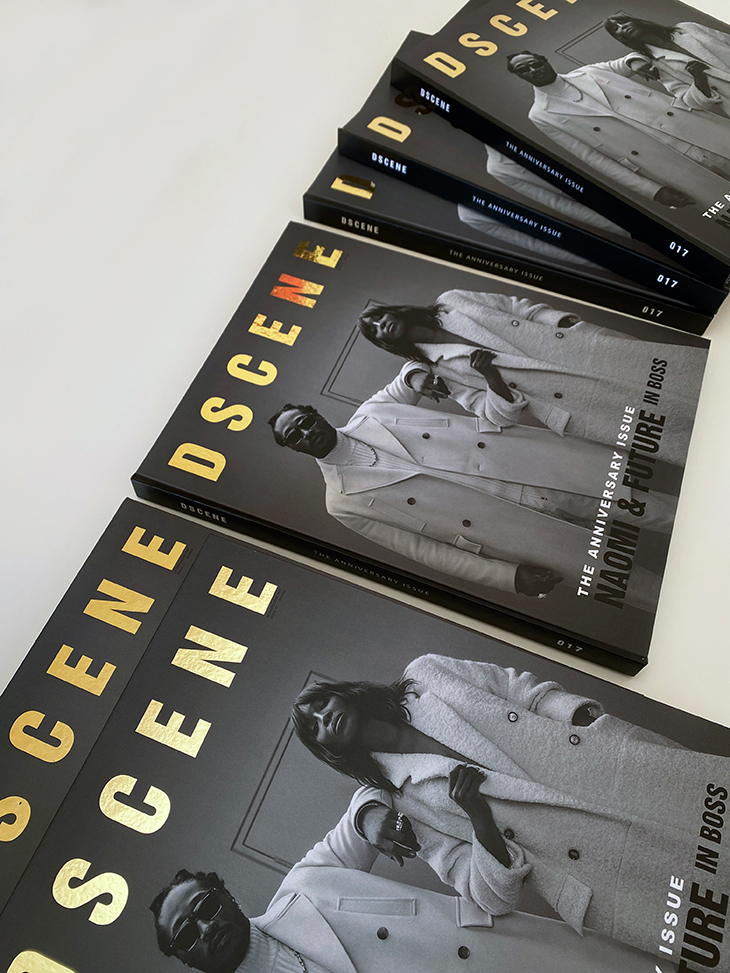
The colour can be entirely different reproduced on matte compared to a reproduction on gloss paper. For many fashion photographers the reproduction of their photography on paper is of pivotal importance. We routinely consult with photographers by exchanging print-proofs before the sending the magazine into print, aligning the print paper type with their vision. This helps align the vision the photographers had in mind.
Also, if you’re reproducing artwork, and you want it to have the texture and feel of an irreplaceable piece, this is a recommended approach.
Finding the Paper That Best Suits Your Needs
Sometimes you’re looking to reproduce something that retains aesthetic value, sometimes you’re looking to produce a deliberate contrast. There is something to be said for taking a photo and printing it on art paper, so it looks as though perhaps it were painted. Likewise, some paintings look photo-realistic, and to drive home the feeling, photo paper makes sense. Needless to say the photography itself is massively conditioned by print paper type.













